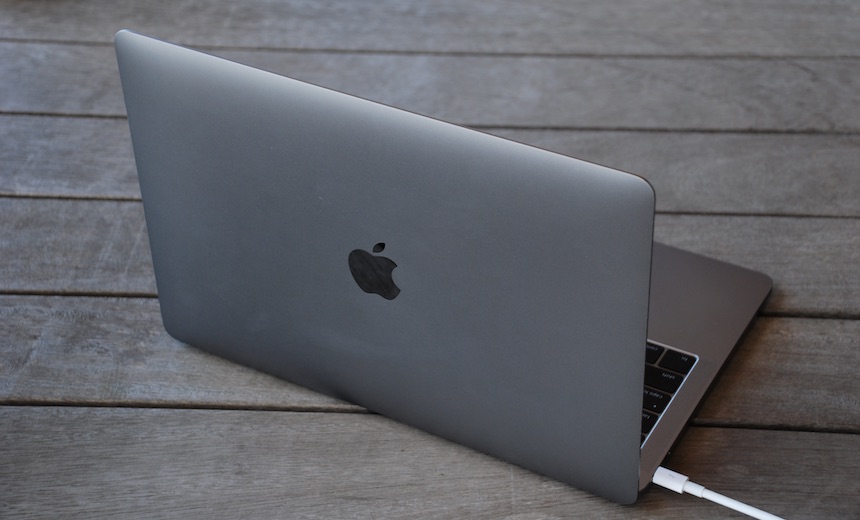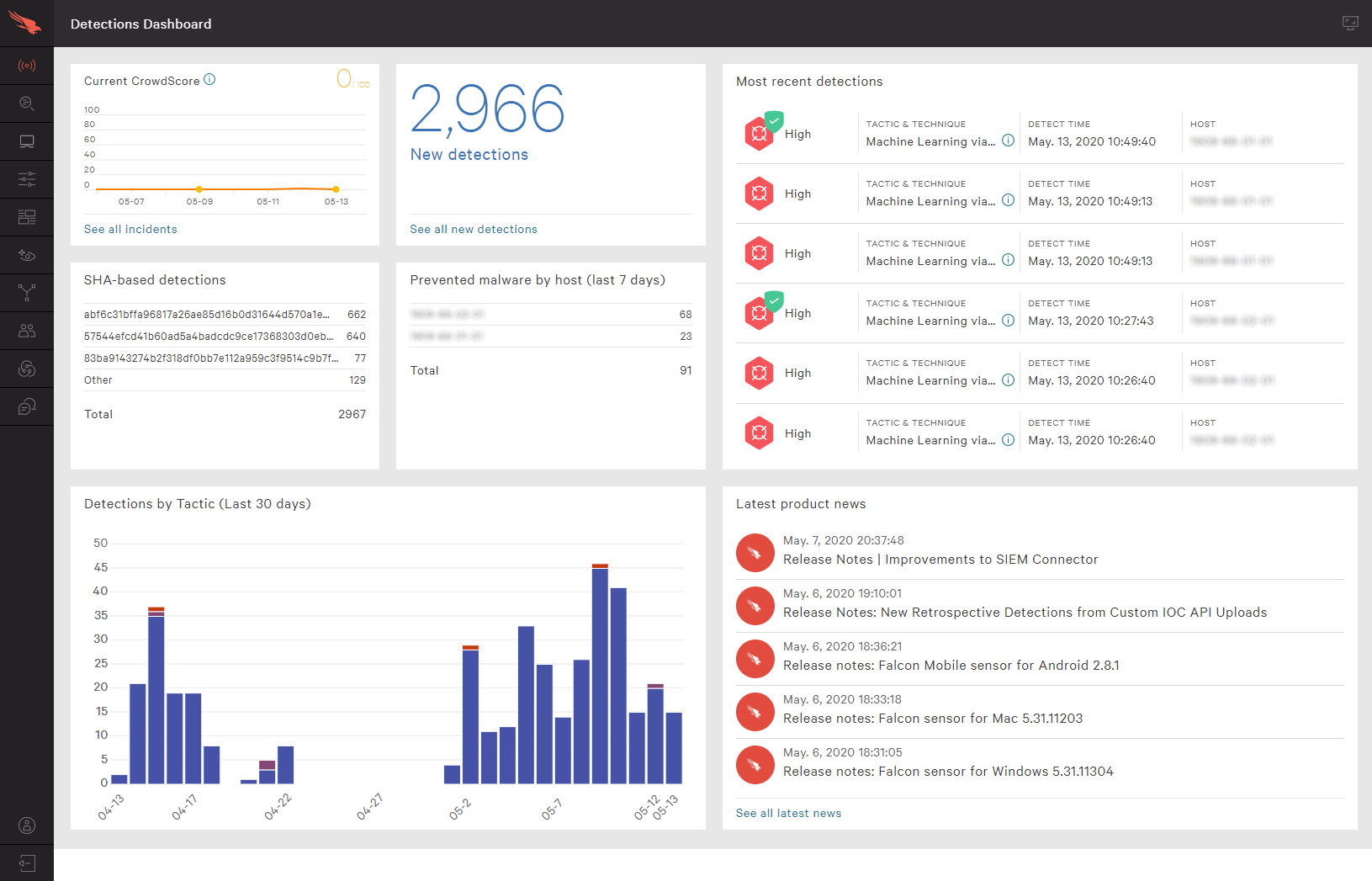

- #MACOS USED RUNONLY TO AVOID DETECTION HOW TO#
- #MACOS USED RUNONLY TO AVOID DETECTION UPDATE#
- #MACOS USED RUNONLY TO AVOID DETECTION PRO#
- #MACOS USED RUNONLY TO AVOID DETECTION WINDOWS#
You can read all about that in our guide to applying local Group Policy tweaks to specific users. The caveat here is that you’ll need to do a little extra setup by first creating a policy object for those users. One big advantage is that you can apply policy settings to other users–or even groups of users–without having to log in as each user to make the changes the way you do when making these changes with Registry Editor.
#MACOS USED RUNONLY TO AVOID DETECTION PRO#
If you use the Pro or Enterprise version of Windows, blocking or restricting apps can be a little easier because you can use the Local Group Policy Editor to do the job. Pro and Enterprise Users: Block or Restrict Apps with the Local Group Policy Editor To reverse your changes, you can delete the Explorer key you created (along with the RestrictRun subkey and all values) or you can set that RestrictRun value you created back to 0, turning off restricted access. You’ll need to repeat the process with each user account for which you want to restrict apps or create your own Registry hack you can use to apply settings to each user more quickly. You should only be able to run apps to which you explicitly allowed access. When you’re done, restart Windows, log into that user account again, and test your settings. Repeat this process, naming the values “2,” “3,” and so on, and then adding the executable file names you want the user to be able to run to each value. Right-click the Explorer key and choose New > DWORD (32-bit) value. Next you’re going to create a value inside the new Explorer key. Right-click the Policies key, choose New > Key, and then name the new key Explorer. Fire up Registry Editor and then head to the following key: HKEY_CURRENT_USER\SOFTWARE\Microsoft\Windows\CurrentVersion\Policies
#MACOS USED RUNONLY TO AVOID DETECTION WINDOWS#
You’ll again need to log on to Windows using user account you want to change. Restricting users to running only certain apps in the Registry follows almost exactly the same procedure as blocking specific apps. Block Only Certain Apps Through the Registry Or you could just go back and change the value of the DisallowRun value you created from 1 back to 0, effectively turning off app blocking while leaving the list of apps in place should you want to turn it on again in the future. If you want to restore access to all apps, you can either delete the whole Explorer key you created–along with DisallowRun subkey and all the values. If you want to edit the list of blocked apps, just return to the DisallowRun key and make the changes you want. RELATED: Learning to Use the Registry Editor Like a Pro And definitely back up the Registry (and your computer!) before making changes.
#MACOS USED RUNONLY TO AVOID DETECTION HOW TO#
That said, if you’ve never worked with it before, consider reading about how to use the Registry Editor before you get started. This is a pretty simple hack and as long as you stick to the instructions, you shouldn’t have any problems. Standard warning: Registry Editor is a powerful tool and misusing it can render your system unstable or even inoperable. If you have multiple users for which you want to changes for, you’ll have to repeat the process for each user.

The trick here is that you’ll want to log on as the user you want to make changes for, and then edit the Registry while logged onto their account. To block or restrict apps in the Home edition of Windows, you’ll need to dive into the Windows Registry to make some edits. Home Users: Block or Restrict Apps by Editing the Registry For this reason, we also highly recommend creating a restore point before making any of the changes here. From there, you can find the setting for running System Restore after a restart, since you won’t be able to run System Restore the normal way.
#MACOS USED RUNONLY TO AVOID DETECTION UPDATE#
If you do accidentally apply restrictions to your administrative account, the only way we’ve found to reverse the changes is to run System Restore by going to Settings > Update & Security > Recovery and clicking the “Restart now” button under Advanced Startup. This is especially true if you are restricting users to a specific set of apps, as those users will lose access even to tools like Registry Editor and Local Group Policy Editor. NOTE: Be absolutely sure that you are making changes to a user account you actually want to restrict, and that you always have an unrestricted administrative account available to undo those changes. RELATED: How to Use System Restore in Windows 10, 11, 7, and 8 You can block the apps you don’t want a user to run, or you can restrict them to running only specific apps. If you’d like to limit what apps a user can run on a PC, Windows gives you two options.


 0 kommentar(er)
0 kommentar(er)
